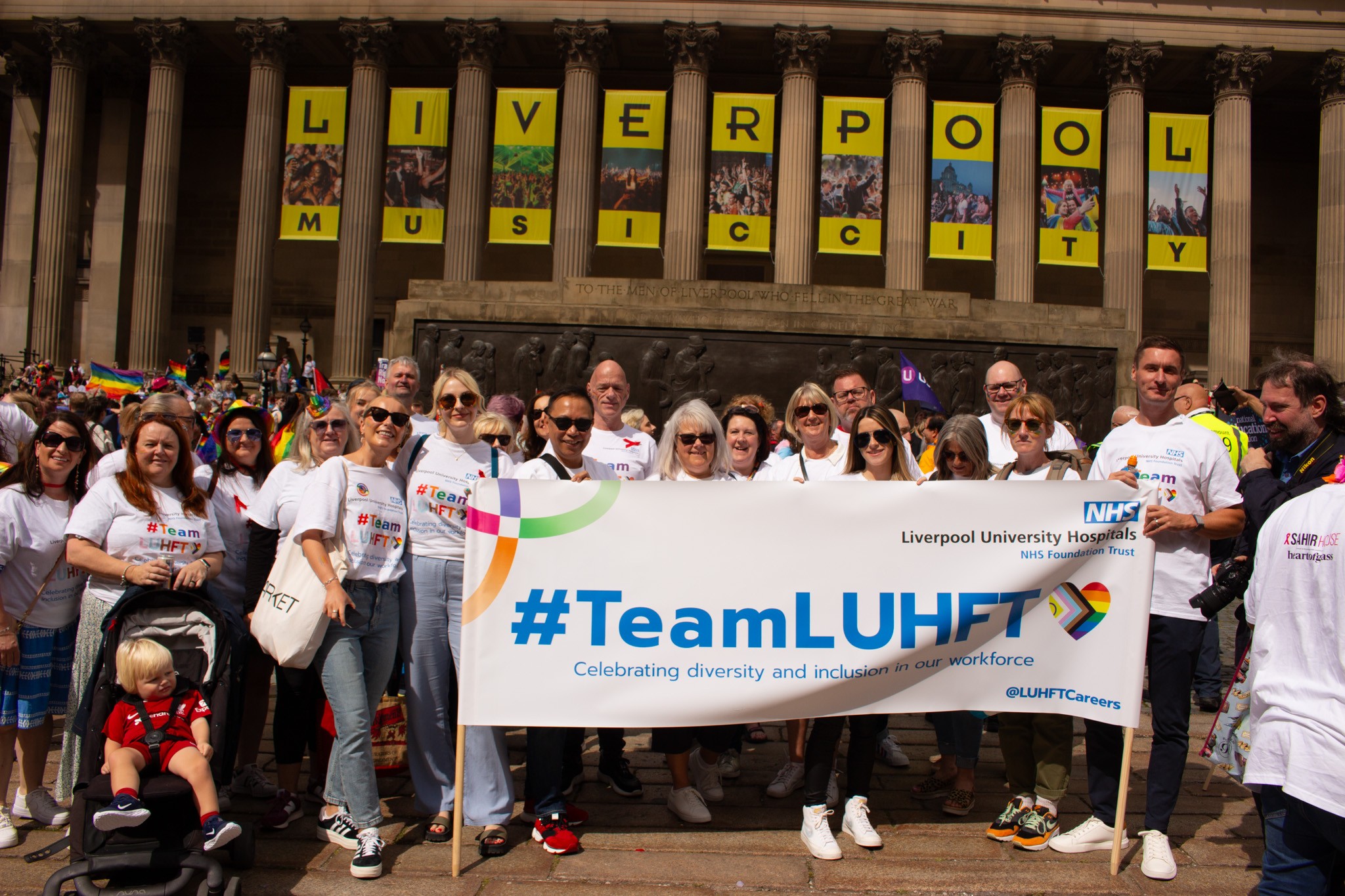A huge element of improving our ways of working and the delivery of patient care will be the implementation of our new Electronic Patient Record (EPR).
Currently, our focus is on how we implement an EPR at Aintree, Broadgreen and the Royal, but we are working closely with colleagues from Liverpool Women's Hospital NHS FT and the Liverpool Adult Acute and Specialist Providers (The Clatterbridge Cancer Centre NHS FT, Liverpool Heart and Chest Hospitals NHS FT and The Walton Centre NHS FT) as we work towards the goal of a singular EPR across NHS University Hospitals of Liverpool Group in the future.
A new EPR affects all colleagues, and we want everyone to feel they can be involved. Through this page we'll be keeping you up to date with the latest on EPR, and as the programme progresses, we look forward to inviting you to become a part of our transformation journey.
Procurement phase
We are currently in the procurement phase of our EPR journey. This means that suppliers are now putting forward bids to become our provider. They will then be scored on their applications before a final decision is made in the summer.
During the procurement phase, there are rules we must all follow - even if colleagues aren't directly involved in the EPR programme - to ensure our process is legal and unbiased.
If questions are asked about our current procurement phase, you must refrain from sharing any information. If you need guidance or are unclear on how to proceed in any situation, contact the EPR Team, who will be able to support you.


FAQs
Below are a number of frequently asked questions. For more information, please contact the EPR Programme Team: lcr-eprprogramme
An EPR system is a digital platform that brings all patient information - from medical history to results of investigations and medications prescribed - together in one place.
Currently, we hold patient records in different places, such as paper-based notes and on several digital systems. An EPR system will allow for all medical information to be kept together in one single electronic patient record. This means clinicians can see everything relating to patient care in real time, helping to improve the quality of care we provide.
The introduction of EPR will support us in transforming how we work every day, helping us to be safer and more efficient, make better clinical decisions and run our services with the information we need at our fingertips. It will also help us to deliver care efficiently and consistently.
We already store many of our patient records on computerised systems, as well as on paper. We want to bring all this information together into one place so that we have access to it when we need it.
We are currently in our procurement phase - which is an exciting milestone as we begin the journey at Aintree, Broadgreen and the Royal in securing our preferred EPR supplier.
What does this mean?
This stage means that suppliers will have the opportunity to bid to become our provider through the Invitation To Tender (ITT) process. They will then be scored on their applications before a final decision is made in the summer.
Colleagues across the organisation have been appointed to support in the evaluation of these bids, alongside evaluators at Liverpool Women’s and the Trusts within Liverpool Adult Acute and Specialist Providers (LAASP). Although this current phase focuses on how we implement a new EPR at Aintree, Broadgreen and the Royal sites, it’s vital that we have input now from everyone who will become a part of UHLG, so that as a Group we can ensure an efficient roll out of a singular EPR in the future.
We'll keep colleagues informed on who the successful supplier is once they have been appointed.
We have a dedicated EPR Programme Team who will see the project through from procurement to implementation and beyond.
Senior leaders from across LUHFT and LAASP have identified colleagues from clinical and non-clinical areas to become clinical evaluators. The clinical evaluators are pivotal to the procurement phase as they review and score various aspects of potential suppliers to ensure that the systems will work for our needs.
EPR is a journey that will take time. The current roadmap we have planned aims to secure the EPR contract by March 2026, which is when we can start to build the system around what our hospitals and patients need, and begin implementation.
Right now, our procurement phase will take us to the end of Summer 2025, and will be followed by various approvals from NHS England around our full business case.
We will continue to keep colleagues updated as the roadmap progresses as we continue on our journey.
In some cases the new EPR will replace existing systems. In others, it will integrate with existing systems.
This decision will be made on a case-by-case basis based on best practice and the needs of our patients and clinicians.

